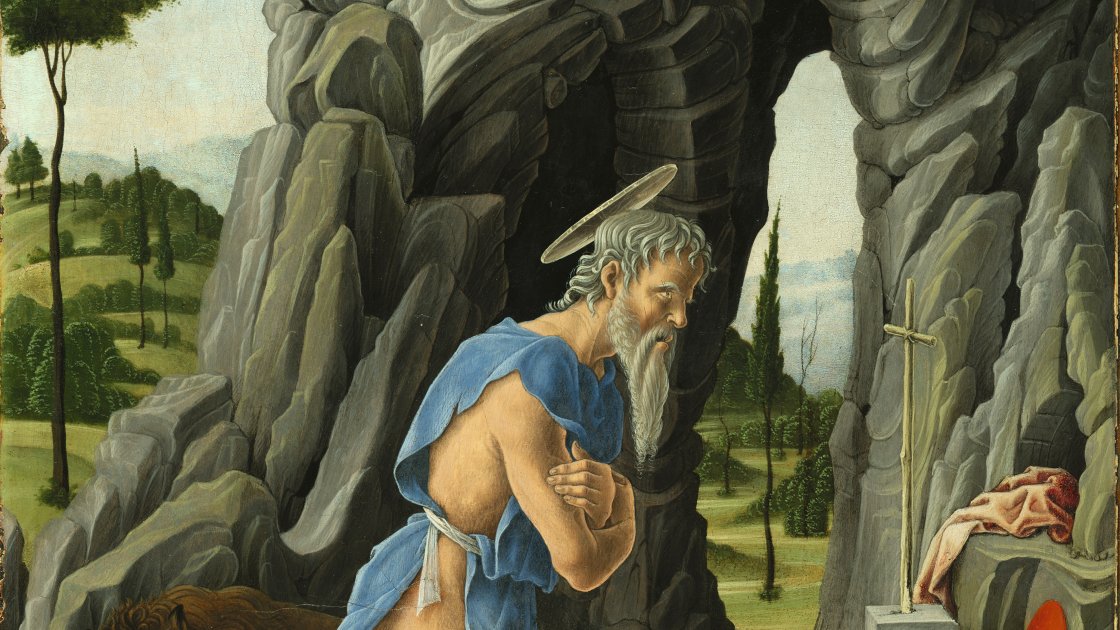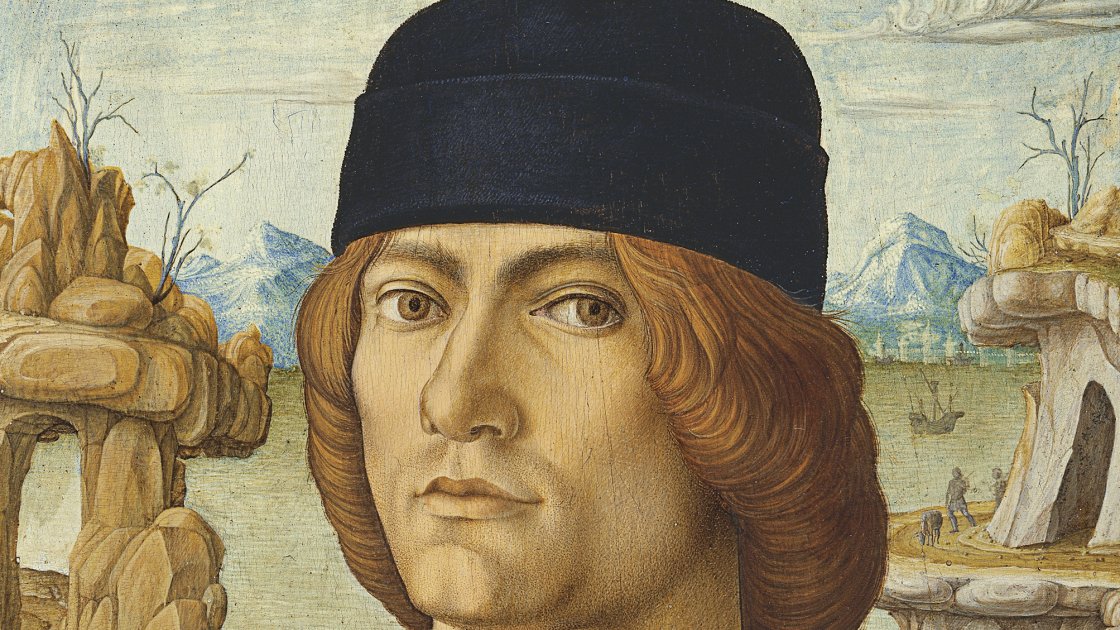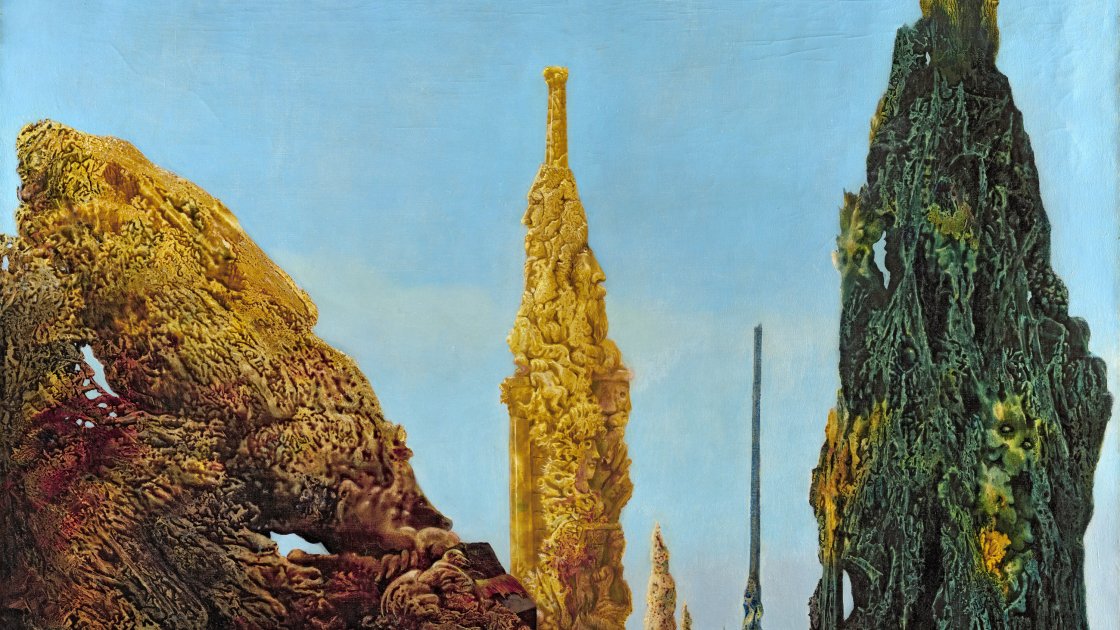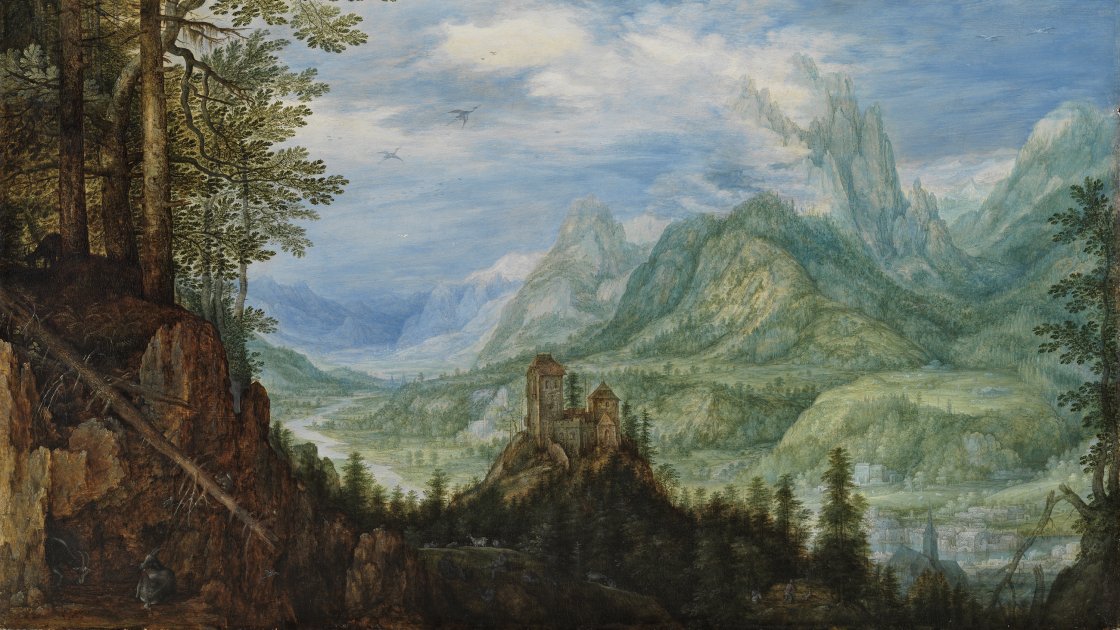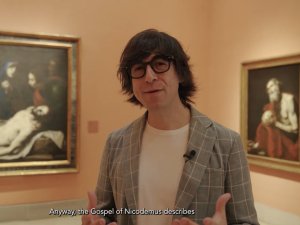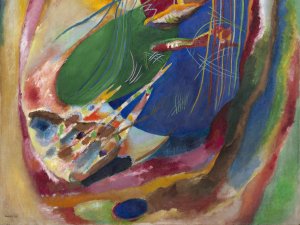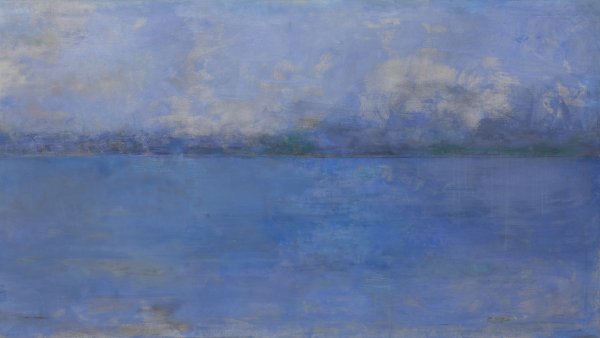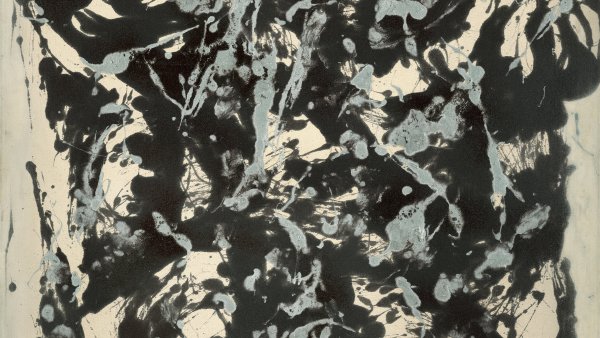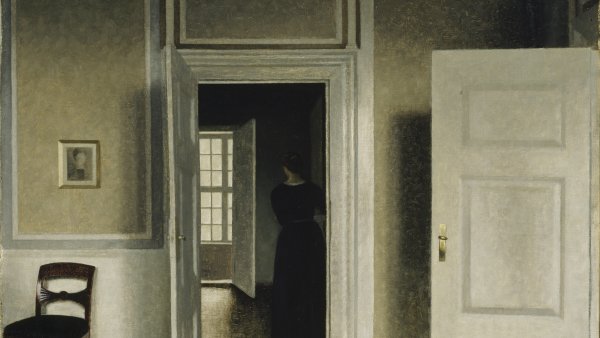The Occult in the Thyssen-Bornemisza Collections
The Dictionary of the Royal Spanish Academy describes the “occult sciences” as “mysterious practices and forms of knowledge, such as magic, alchemy, astrology, etc., which since antiquity have aimed to penetrate and master the secrets of nature.” Refining this further, the occult tradition could be seen as based on three suppositions: 1. The transmission since ancient times of a secret wisdom only accessible to a few initiates; 2. The correspondences between different parts of the universe (elements, planets, temperaments, etc.), within the context of a fundamental correspondence between macrocosms and microcosms; and 3. The existence of certain superpowers latent within human beings, which must manifest themselves in order to lead us to a spiritual metamorphosis or transmutation.
Occult knowledge has survived over the centuries in a hostile cultural climate - dominated firstly by hegemonic religion and later by rationalism and positivism - thanks to its ability to disguise itself and infiltrate. It is in the field of the visual arts that esoteric ideas and beliefs have found the ideal terrain for their encoded messages; from the hermetic allegories of the Renaissance to their presence in 20th century avant-garde art.
Curated by Guillermo Solana, this exhibition brings together around 59 works from the Thyssen-Bornemisza collections (both the museum’s permanent collection and the private collections of various members of the Thyssen-Bornemisza family) which reveal documented traces of the occult. The esoteric tradition provides a series of codes for deciphering hidden meanings. Its value lies in the fact that it reveals details and aspects of works of art that have previously passed unnoticed, offering us new, heterodox readings.
The exhibition is divided into seven sections which reflect the repertoire of the principal disciplines and trends within the occult tradition:
(1) Alchemy The fantastical rock formations in the landscape backgrounds of Renaissance paintings (particularly of the Ferrarese school) may refer to mining activities associated at the time with alchemical research. The subject of alchemy re-emerged with force in 20th century art, for example in the work of Max Ernst and Lucio Fontana.
(2) Astrology Interest in the celestial bodies and their influence on human life has left its mark on innumerable works of art of different periods, from a zodiac in a religious painting to a horoscope in a portrait or the myth of a constellation’s birth. The stars and their virtual embodiments would later return to fascinate artists such as Miró, Cornell and Matta.
(3) Demonology A profound interest in different forms of the diabolical runs through the entire history of Christian iconography. Aside from explicitly identified devils, Renaissance and Baroque painting features a wealth of grotesque faces which indicate the “evil eye”, together with other disturbing presences that embody the Evil One’s snares.
(4) Spiritualism The occult re-emerged in the 19th century in the form of an obsession with communicating with the spirits of the dead. Of characterised by its somnambulist figures in crepuscular or nocturnal settings, fin-de-siècle painting often evokes the atmosphere of spiritist seances.
(5) Theoshopy Founded in 1875 by Helena Blavatsky, the Theosophist movement combined elements from the western esoteric tradition with oriental religions and philosophies. In the early 20th century it enjoyed enormous cultural influence and inspired the pioneers of abstract art such as Kandinsky, Kupka, Balla, Severini, Mondrian and Van Doesburg.
(6) Shamanism Avant-garde artists identified with the figure of the shaman, a spiritual mediator and healer in many cultures. Picasso, Chagall, Kandinsky and Pollock are well known examples of artists who appropriated shamanistic objects and rituals.
(7) Dreams, oracles and premonitions The Surrealists were fascinated by occultism and adopted its practices although not necessarily its beliefs. Endowed with apparent scientific rigour by psychoanalysis, the interpretation of dreams occupies a central place within Surrealism’s obsessions, particularly in connection with premonitions and the powers of clairvoyants. In this section works by Dalí, Ernst, Tanguy and Delvaux establish dialogues with artists difficult to classify such as Schad, Balthus and Bacon.
With Guillermo Solana, curator of the exhibition and Artistic Director of the Museo Nacional Thyssen-Bornemisza.

